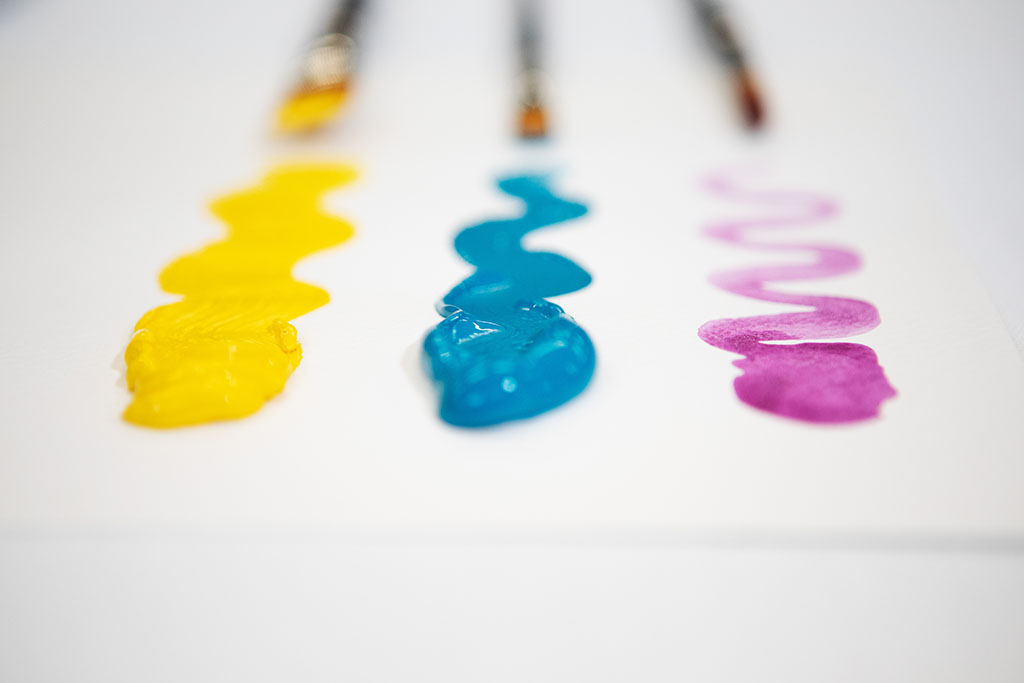Uncategorized
Using a Limited Palette for Painting
When learning how to paint, you’ll need to know how to choose a limited palette. This can help you master colour mixing and also keep your painting supply costs down.
What is a limited palette?
In traditional oil painting, a limited palette refers to the number of colours you decide to use in your painting. A limited palette is also often referred to as a monochromatic or tonal palette.
The most popular way to create a limited palette is with the three primary colours: red, blue and yellow. By mixing these three primary colours together you can create many variations.
Why limit the colours you use?
There are many reasons why you may want to limit the colours you use in your oil painting.
- It helps you focus on your paintings. If you’re only using two or three colours, it’s easy to see when they don’t work together and make changes quickly without getting overwhelmed by all the options.
- It helps develop your skills. If all the paintings you try are done with only two or three colours, it forces you out of your comfort zone and makes sure that every painting is a challenge for you. This way, not only will you improve at mixing paint but also at using colour in general—and this can be applied across different mediums too!
- It develops style/creativity: You’ll learn how to create depth and mood through colour contrast as well as subtlety (since there’s less room for error). The result? A distinct signature style based on a limited palette
Portrait Painting
Portrait painters most often choose colours that are similar to skin tone, like red and yellow ochre. Artists can create different variations of these two shades by adding black or white paint to them (often referred to as a ‘Zorn palette’, which is named after Anders Zorn). This allows for subtlety in their portraits and helps create the illusion of skin tone without using an excessive amount of colour (which can make your painting look too busy).
Which colours should you choose?
When choosing colours for a limited palette, consider how it will help with colour mixing and how you will use the colours in your paintings.
- A great way to choose a limited palette is to study the work of other artists whose work you admire, and see which colours they used. Google Arts and Culture has a treasure trove of paintings that can be studied.
- If you don’t want bright or bolder tones, then opt for earthy tones instead. These can be mixed into lighter shades easily and are less chromatic and have weaker tinting strength compared to colours made from some of the modern synthetic pigments.
Conclusion
Now that you know a little bit more about how to choose colours for your own limited palette, it’s time to get started! Remember that this is a process of experimentation and discovery. If you make mistakes along the way, don’t be afraid to try again. And above all else: have fun with it!

